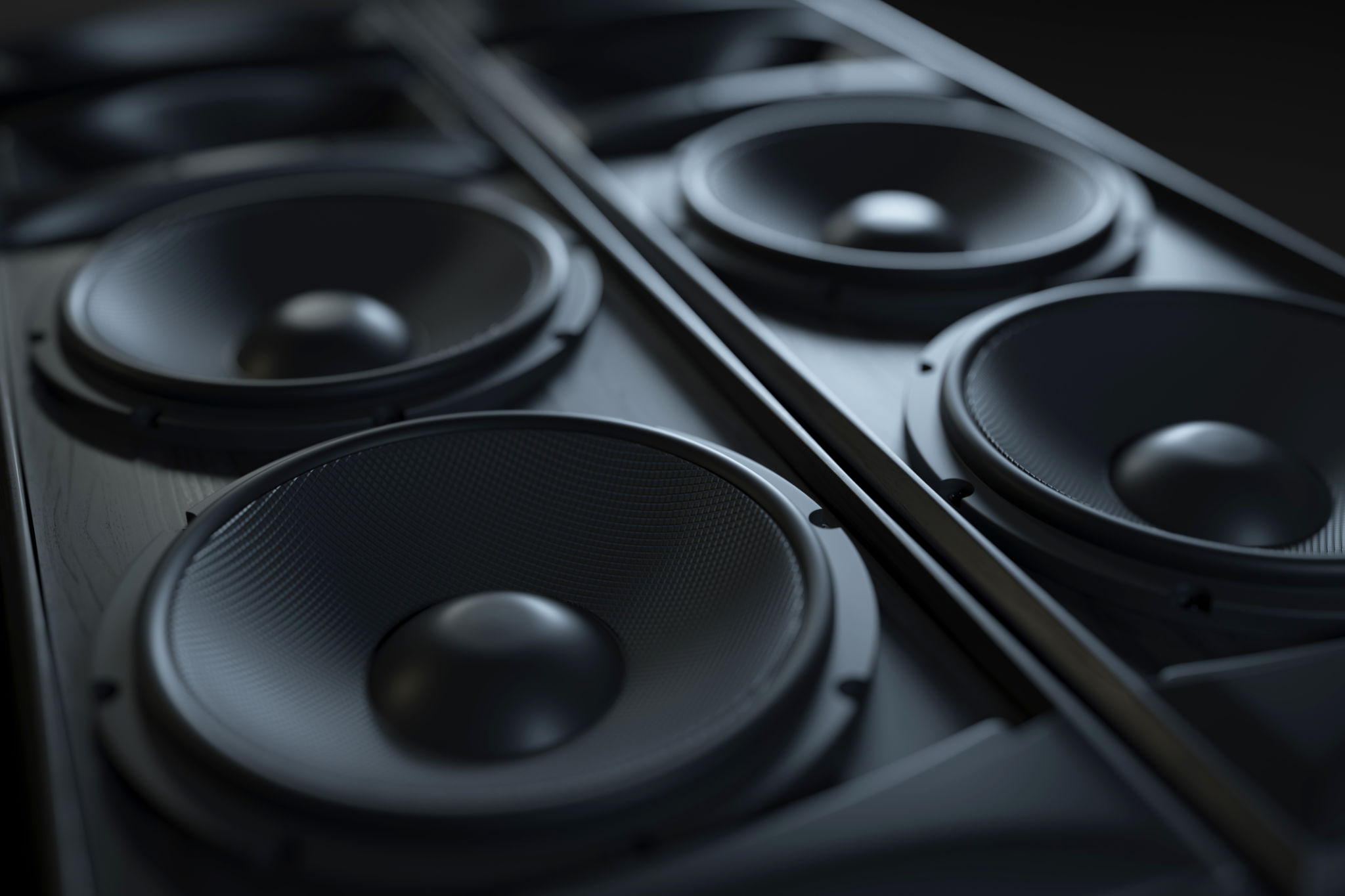How to Choose the Right PA System for Your Event
Ri
Understanding Your Event Needs
When selecting a PA system for your event, it's crucial to first understand the specific needs of your gathering. Is it a small indoor meeting or a large outdoor concert? The scale and environment of your event will heavily influence the type of PA system required. Consider the audience size, venue acoustics, and the type of content being delivered, whether it's speech or music.
For instance, a corporate seminar in a hotel conference room will need a vastly different setup compared to an open-air music festival. Knowing these details will set the foundation for choosing the right equipment.

Components of a PA System
A PA (Public Address) system typically consists of several components: microphones, mixers, amplifiers, and speakers. Each plays a vital role in ensuring sound is clearly and effectively distributed across the venue.
Microphones capture the sound, which is then processed by a mixer. The mixer allows adjustments to sound levels and quality. An amplifier boosts the audio signal, which is finally projected through speakers. Understanding each component's function will help you make informed decisions about your equipment needs.

Choosing the Right Microphones
The type of microphones you choose can significantly impact sound quality. For speaking events, handheld or lapel microphones are ideal. For musical performances, consider dynamic microphones for vocals and instrument mics for capturing the natural sound of instruments.
If your event involves multiple speakers or performers, wireless microphones offer flexibility and freedom of movement without the clutter of cables. Ensure that the microphones are compatible with your mixer and other system components.
Selecting Speakers and Amplifiers
The choice of speakers and amplifiers is critical to delivering clear and powerful sound. For smaller venues, compact speakers might suffice. However, larger events will require more robust systems with multiple speakers strategically placed around the venue.
When it comes to amplifiers, ensure they are powerful enough to drive your chosen speakers without distortion. It's also essential to match the amplifier's output power with the speaker's power handling capacity to prevent damage.

Consider Portability and Setup
For events that require quick setups and breakdowns, portability is a key consideration. Look for lightweight and easy-to-assemble PA systems that can be transported with minimal hassle. Compact systems often come with built-in mixers and amplifiers, making them ideal for smaller events or mobile setups.
If your event moves between venues or involves outdoor settings, durability and ease of transport should be top priorities. Portable systems should also offer battery-powered options for locations without easy access to electricity.
Exploring Additional Features
Modern PA systems offer a range of additional features that can enhance your event experience. Consider systems with Bluetooth connectivity for wireless audio streaming or USB inputs for playing pre-recorded content.
Some systems also include built-in effects like reverb or equalizers that allow further customization of sound output. These features can be particularly beneficial for musical events, providing greater control over audio quality.

Budgeting for Your PA System
Your budget will significantly influence the type of PA system you can afford. While it's tempting to go for high-end models with all the bells and whistles, it's essential to balance cost with functionality.
Create a list of essential features based on your event needs and prioritize them within your budget. Renting equipment can also be a cost-effective solution for one-time events or if you're unsure about committing to a purchase.
Testing Before the Event
Once you've selected your PA system, it's crucial to test it before the event day. Set up all components as you would during the event and conduct a thorough sound check. This practice will help identify any potential issues and allow time for adjustments.
Testing ensures that all equipment works seamlessly together and minimizes technical difficulties on the day of the event. It also provides an opportunity to familiarize yourself with the system's controls and settings.